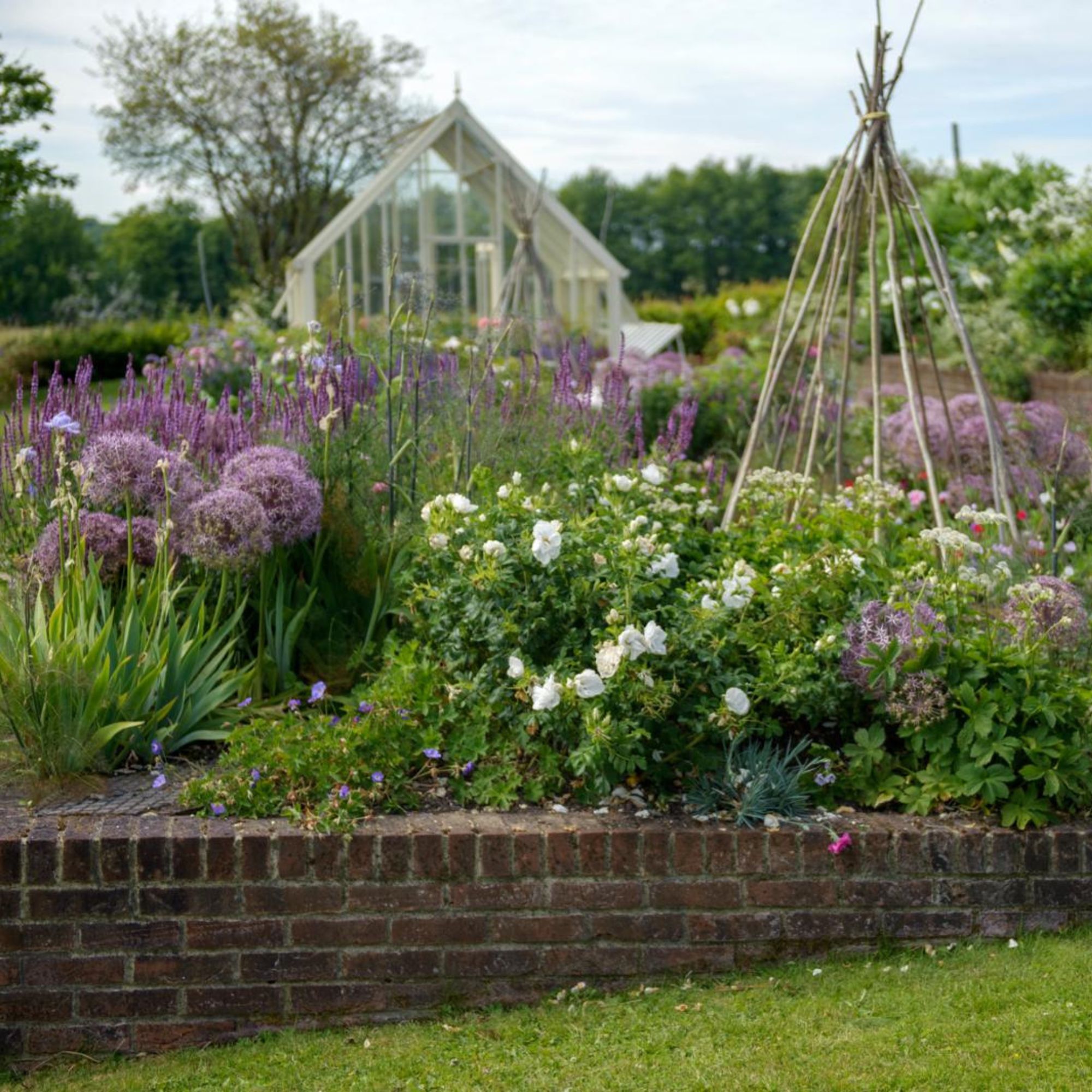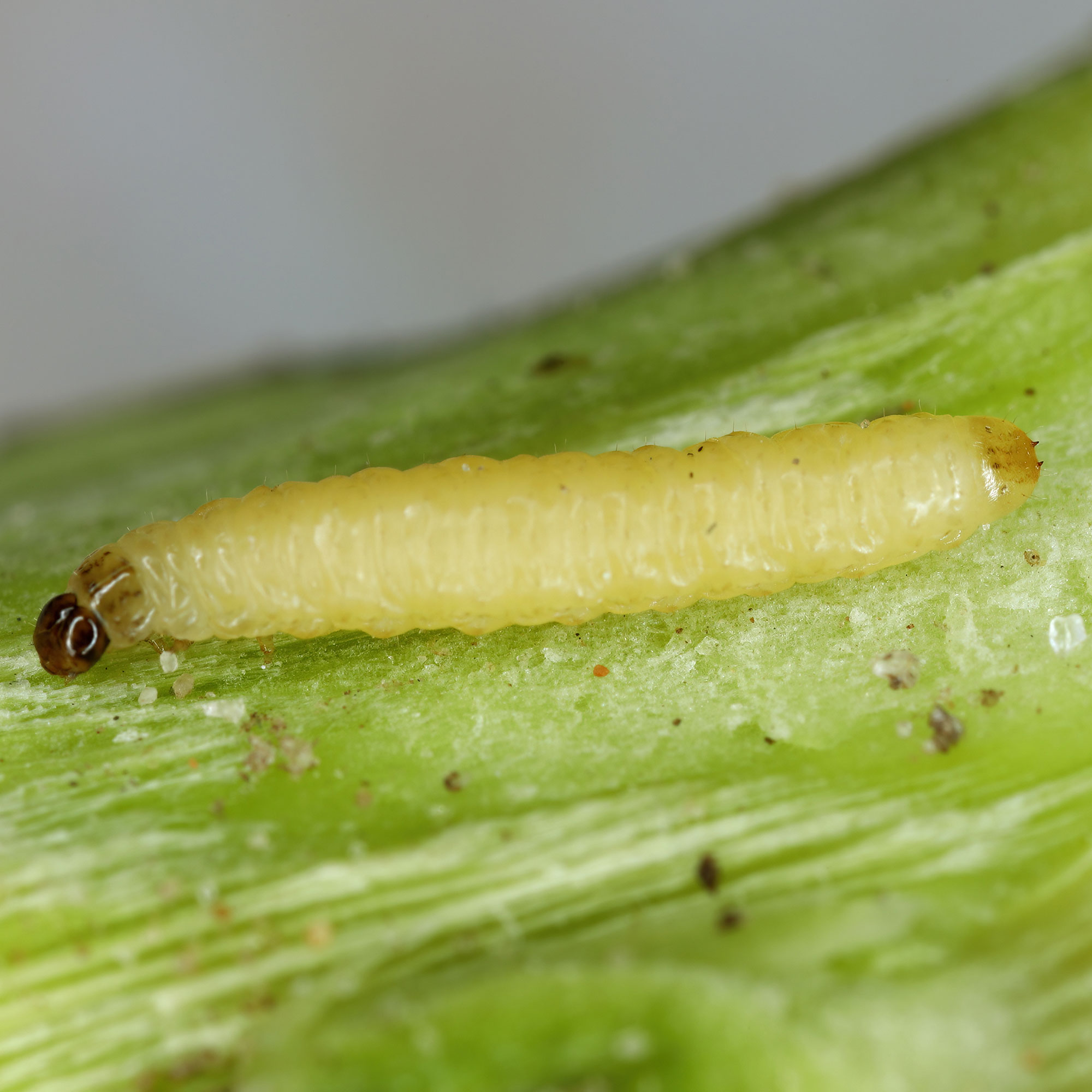
Does it seem like your cabbages are cursed and your turnips are simply tragic? The reason may not be your lack of vegetable growing know-how but a deeper problem devouring and destroying your vegetables at their core. That's why knowing how to get rid of cabbage root flies might be crucial to the success of your latest root vegetable crop.
Cabbage root fly (Delia radicum) are a kitchen garden pest that affects common root vegetables such as cabbages, cauliflower, turnips, swedes and radish. The problem isn't the adult fly, but the cabbage root fly larvae, that buries and tunnels into vegetable roots to feed on its very foundations.
Even the easiest vegetables to grow can be ruined by the wriggling wretches. That's why we've asked our green-fingered experts how to get rid of cabbage root flies before your harvest is destroyed.
'Cabbage root fly can be a pesky problem, especially if you grow cabbage, broccoli, and brussels sprouts in your vegetable patch but it’s their larvae which cause the real issue,' explains Jamie Shipley, Managing Director of Hedges Direct.
How to get rid of cabbage root flies
If you've searched how to stop flies coming in the house you may have come across cabbage root flies as they resemble the common house fly. But, these insects lay eggs at the base of root vegetable plants that then, once hatched hunker down to get fat on your prize patch of root vegetables.
'Cabbage root flies look just like common house flies whilst their larvae - which they lay at the base of brassica plants - are large white maggots which burrow into the soil and can easily kill seedlings by eating through roots,' says Jamie.
'The good news is, there are several effective strategies to combat these pests and protect your plants.'

1. Add barriers and collars
One method to deter cabbage root flies from laying larvae on brassica family crops is to cover the patch with a fine mesh netting. Due to the fabric being breathable and the larvae being so minuscule, some may get through if the net is touching leaves but it will certainly reduce infestation.
'There are no available controls to treat cabbage root fly damage, so preventing the damage occurring in the first place is most important,' says Alasdair Moore, Head of Gardens and Estate at The Lost Gardens of Heligan.
'To prevent cabbage root fly, use cabbage mats or collars (available on Amazon)around the stems of young plants. This provides a physical barrier so the flies can’t lay their eggs around the base of the stems. Cover young plants with insect mesh, again preventing the flies access and laying eggs around the base of plants.'

When planning a small vegetable patch you can consider making your covers out of household items. It may not be foolproof but it is a budget garden idea that can help.
'Use the winter months to make a stack of DIY cabbage collars out of old cardboard. The key is to add the brassica collars to your young plants when you plant them out,' suggests Annelise Brilli, Horticultural expert at Thompson & Morgan.
'Don’t leave it any later, as the cabbage flies will immediately sniff out those tender young seedlings and lay their eggs around them.'
2. Start your own eco-system
Play Mother Nature and introduce a few superhero, micro bugs to save your vegetables from evil.
Biological control nematodes are organisms used as a biological control, and are available to buy on Amazon. When watered into the soil at certain times of the year they wipe out their prey, aka cabbage root fly larvae. They can also be used as a method to get rid of slugs.
'Nematodes - Nematodes, specifically Steinernema feltiae, can be watered into the soil. These microscopic worms will kill the larvae. For the best results water Nematodes into the soil when it is moist and above 5ºC - they are usually most effective between spring and autumn when the larvae are active,' advises Jamie Shipley.
According to the Royal Horticultural Society, whilst the nematode biological controls are usually either insect or mollusc-specific, they have the potential to infect non-target animals within those groups. They should therefore be used with care and only when there is a specific problem to treat.

3. Filter out the fallen
If a cabbage root fly invasion has already begun on your beloved vegetable bed it may simply come down to the act of 'survival of the fittest'.
Regularly inspect your vegetables and remove plants at the root showing signs of damage such as wilting yellow leaves to prevent the larvae from spreading. Finish by treating any infected areas.
'Diatomaceous earth sprinkled around the base of your plants can also be helpful for killing larvae,' advises Brett Bennett, Director of Operations, PURCOR Pest Solutions
4. Learn crop rotation
If you've grown root vegetables before think about starting your new crop elsewhere. Rotating plants will prevent bugs and diseases from surviving in the soil.
When planting consider companion planting root vegetables with some sweet-smelling security guards. Fragrant basil, rosemary thyme and lavender are all natural fly and mosquito replant plants.

FAQs
When do cabbage root flies lay eggs?
According to the Agriculture and Horticulture Development Board (AHDB), cabbage root flies lay eggs in May.
Sowing and growing later than usual could eradicate a cabbage root fly larvae problem.
'Try planting Brassicas after the weather has changed in early summer, as cabbage root fly eggs tend to hatch in cooler temperatures. Once the soil has warmed up plants are less susceptible to damage from cabbage root fly larvae. This is not a guaranteed control though, so I would suggest a physical barrier is a more reliable method,' suggests Alasdair Moore.







